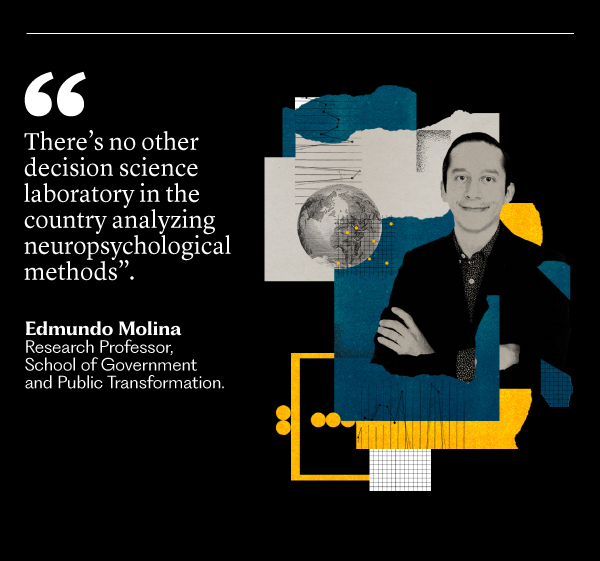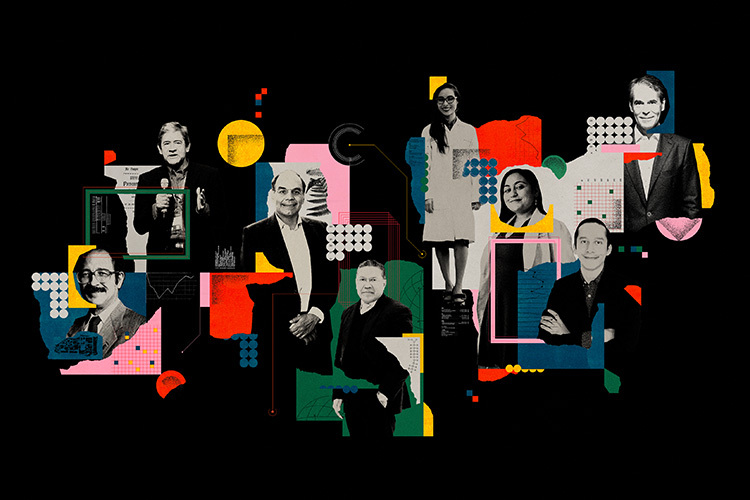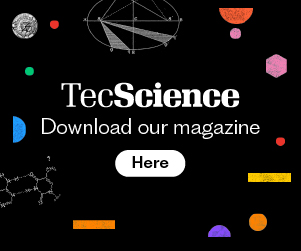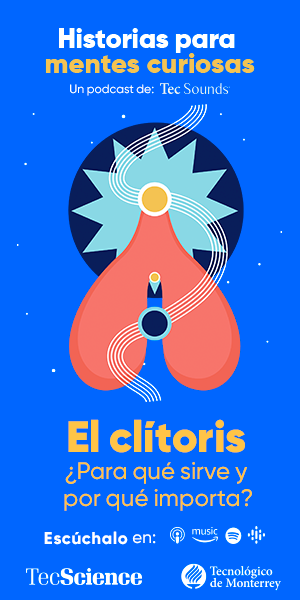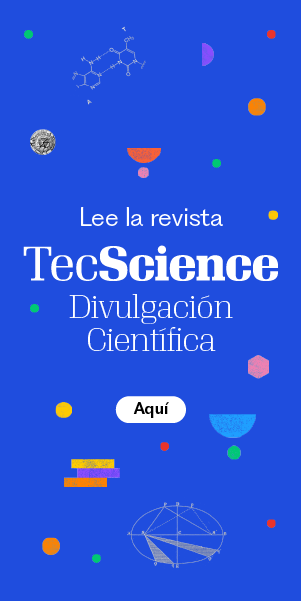Imagine a world in which 3D printing can create organs; imagine that foodstuffs such as corn can be turned into next-generation proteins to democratize nutrition. Imagine smart materials that are biodegradable and lighter car bodies that contribute to reducing emissions. Imagine nanocapsules that combat obesity effectively and without side effects.
A few years ago, these projects would have sounded like science fiction. Today, we can imagine them in the near future. However, this future didn’t come out of nowhere. The seeds of innovation were planted long ago.
80 years after its creation, Tec is not only an institution that offers an excellent level of professional education but is also a catalyst for change that strives to solve humanity’s problems through science and research.
According to Guillermo Torre Amione, Rector of TecSalud and Vice President of Research, we could summarize the history of research at the Tec in three stages. The first, from its inception until the 1980s, occurred according to the whim of each professor to develop projects; the second came with the creation of research chairs; and the final one, which we are currently experiencing, came with the creation of interdisciplinary institutes and a Vice Presidency of Research that reports directly to the President.
The following is a reflection on this evolution through the voices of its protagonists.
The seed of research
In the 1950s, once solid academic programs had been established, the foundations for research were laid in a collaboration with the Southwest Research Institute in San Antonio, Texas.
According to the memoirs of Fernando Jaimes Pastrana, then director of the Graduate Studies and Research Division, the Tec underwent constant transformation in the 1970s and 1980s. The first Research Conference was held, which was attended by national and foreign professors with PhDs who injected dynamism into the research being done at the Tec. Partnerships were also formed with technology firms such as IBM and HP that enriched the landscape and enabled the creation of the Electronics and Communications Center (CEC) and the Informatics Research Center (CII).
The revolution of the academic approach
In 1985, Francisco Cantú Ortiz, director of Research and Graduate Studies, led a strategy that institutionalized research and translated into the launch of the Graduate Studies and Research Division under the leadership of Fernando Jaimes Pastrana. “The CETEC building, construction of which began that year, symbolizes the path toward research,” explains Francisco Cantú in an interview.
“For two decades, research was focused on individual projects in the fields of chemistry, agronomy, and engineering, while the Institute of Industrial Investigations (III) –commonly known as ‘Ay, ay, ay’ as it would be pronounced in English– focused on engineering projects in collaboration with industry,” narrates Cantú.
The panorama was radically transformed in 1985. When he became rector of the institute, Rafael Rangel Sostman set up Research Chairs, which were supervised by Dr. Alberto Bustani, rector of Monterrey campus. Moreover, researchers were provided with funding, business partnerships were fostered, and scientific publication was encouraged.
“Tec began to change its image, transforming from being chiefly an educational institution to a research institution of international quality,” says Cantú.
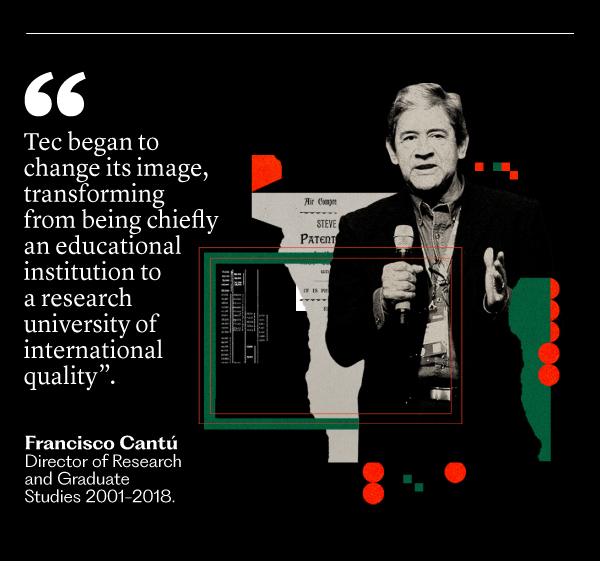
The years of transformation
The chair system was launched in 2002, starting with 21 in the areas of biotechnology, manufacturing, information technologies, medicine, business, social sciences, and humanities. Two years later, there were 45.
This work paid off. By 2014, 400 patents had been registered with the Mexican Institute of Intellectual Property (there wasn’t a single one in 2002). What’s more, the Tec climbed to 199th place in the QS rankings in 2018. Two years later, it had risen to 158th place.
In 2014, the chairs evolved into Strategic Focus Research Groups. The purpose of this transformation was to aim institutional resources at the areas of most importance, paving the way for what we now have.
Science in action
“In recent years, interdisciplinary institutes with a strategic focus have been created at Tec to turn science into action through a funding model that promotes projects with eventual commercial potential or that are internationally competitive on the world stage,” explains Guillermo Torre Amione about the current state of research at the Tec.
Namely, these are the Institute for the Future of Education, which strives to transform higher education through innovative methodologies and technologies; the Institute for Obesity Research, which is tackling this health epidemic; the Institute of Advanced Materials for Sustainable Manufacturing, which is working on industrial solutions to stop climate change; and the Center for Early Childhood, which will focus on this essential stage for ensuring human flourishing.
Through his role as director of the Institute for Obesity Research, Marco Rito Palomares is working with his team to focus their energies on finding solutions to the metabolic diseases caused by obesity.
Their goal is not only treatments, devices, and sequencing genes; they also promote the design of public policies to prevent obesity. Rito Palomares says that “real change can only occur if the roots of the problem itself are addressed at all levels.”
Another area on the front line is doing science to create new materials and contribute to a greener planet. Arturo Molina Gutiérrez, director of the Institute of Advanced Materials for Sustainable Manufacturing, strives to find value in waste and decarbonize industry. To do so, they design smart and biodegradable materials with the aim of revolutionizing the industry.
None of these projects would be possible without adequate infrastructure. The Tec is armed with robust institutions: the Core Labs for Genomics, Preclinical Research, Data Science, and Advanced Materials; the Biotechnology Center; and the Bioengineering Center are examples of the support the institution has given to research in recent years.
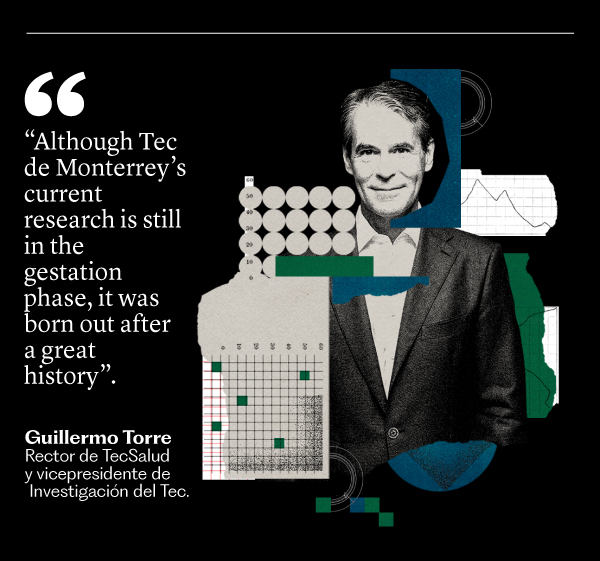
Recruiting the best
As part of its recruitment strategy for staffing its Faculty of Excellence with the most brilliant minds, Tec provide national and international researchers with infrastructure, conditions, and facilities so that they can develop their projects, grow, and stand out in their fields.
Marco Rito Palomares explains it to us by talking about his own story. After studying at Cambridge, he realized the scope of the opportunities available to him in Mexico and decided to return to the Tec. “If I’d kept living abroad, although I’d definitely have reached the same level I’m at now, having done so in Mexico fills me with pride, doubly so for achieving this here at the Tec. Today, I can speak at the same level as any researcher who studied abroad at the best universities,” he concludes.
Another aspect to emphasize is that of student exchange. “We’re one of the universities with the highest number of student exchange agreements, at both undergraduate and graduate levels,” says Arturo Molina. “Although we’ve been very strategic about finding the right partners from the perspective of research.”
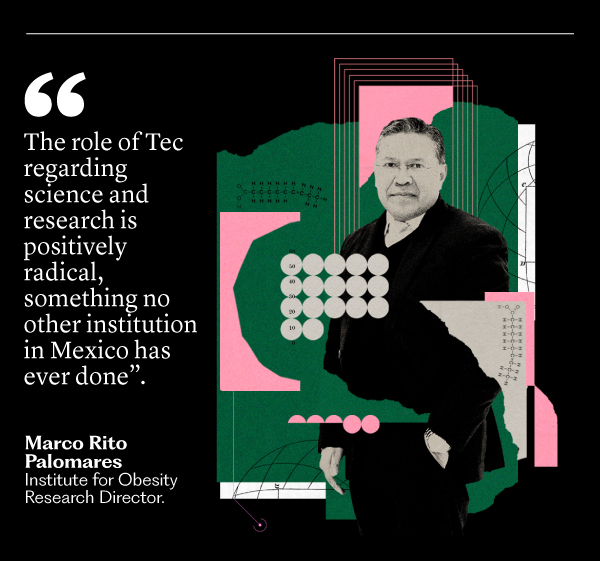
Looking to the future
Far from being science fiction, Grissel Trujillo de Santiago’s dream includes 3D-printed kidneys and lab-grown meat. Chaotic printing could be essential to making this goal a reality for the researcher from the School of Engineering and Sciences.
Although scientists have managed to print bladders and urethras, they have not yet achieved the fabrication of complex tissues. Grissel’s intention is to create artificial blood vessels that allow them to generate organs.
“As leader of my research group, I believe the foundations have been laid for shaping very competent scientists. Over the past seven years, we’ve set ourselves the task of generating a system to help graduate and undergraduate students think in a way that’s practical, profound, and demanding in order to conduct science of quality,” explains Grissel Trujillo.
This also includes creating applications that will shape the future. Rita Fuentes Aguilar, unit leader at the Institute of Advanced Materials for Sustainable Manufacturing, has created a kind of pocket-sized operating room at her Cyber-Physical Laboratory on Guadalajara campus. The goal of her patented invention is to bring the sterile and precise conditions of an operating theater to reduced spaces.
In another futuristic scenario, in which it is essential to maximize crop yields and prevent waste, Rita Fuentes has proposed using digital binoculars. The result of complex calculations, their sensors translate the respiration of nature into data.
“It’s clear to us at the Tec that you have to work with industry and find solutions to tackle the problems affecting Mexico,” remarks Fuentes Aguilar.
For his part, Edmundo Molina from the School of Government and Public Transformation is not the typical laboratory scientist people would usually imagine. He is a data science researcher. His work involves developing computational tools that facilitate the execution of decision-making processes.
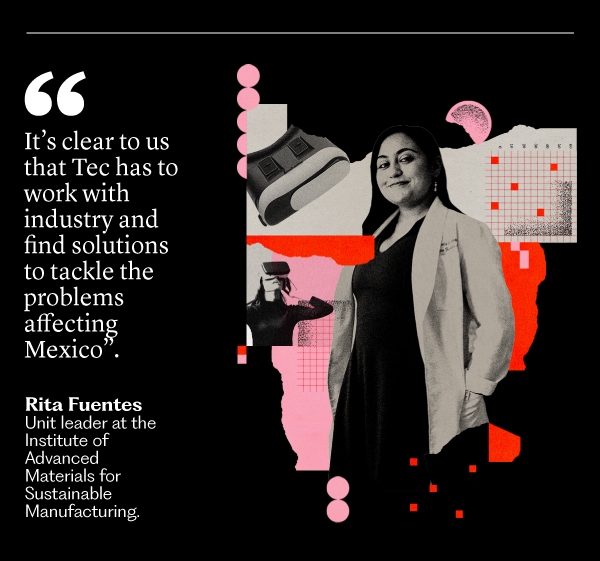
Molina immerses himself in data to gather information and analyze the factors that may affect the outcome of decisions. He uses what has obtained to create global modeling platforms that have even enabled the governments of Latin American countries to design strategies for tackling climate change.
“There’s no other decision science laboratory in the country analyzing neuropsychological methods. This is a laboratory that uses the clinical approach in a school of government dedicated to understanding how to make better decisions; we’re on the cutting edge and that’s really exciting,” stresses Molina Pérez.
The examples of Grissel, Rita, and Edmundo demonstrate the scope of the research that is currently being performed at the Tec. For Marco Rito Palomares, “the role of Tec regarding science and research is positively radical, something no other institution in Mexico has ever done.” Next year, we’ll be talking about even more palpable results with an even greater impact.
As Guillermo Torre says, “Although Tec de Monterrey’s current research was born out of a long series of developments, we’re still in the gestation phase.” Even so, as we celebrate our institution’s 80th anniversary, we can say that it has become the most robust applied research ecosystem in Latin America.
